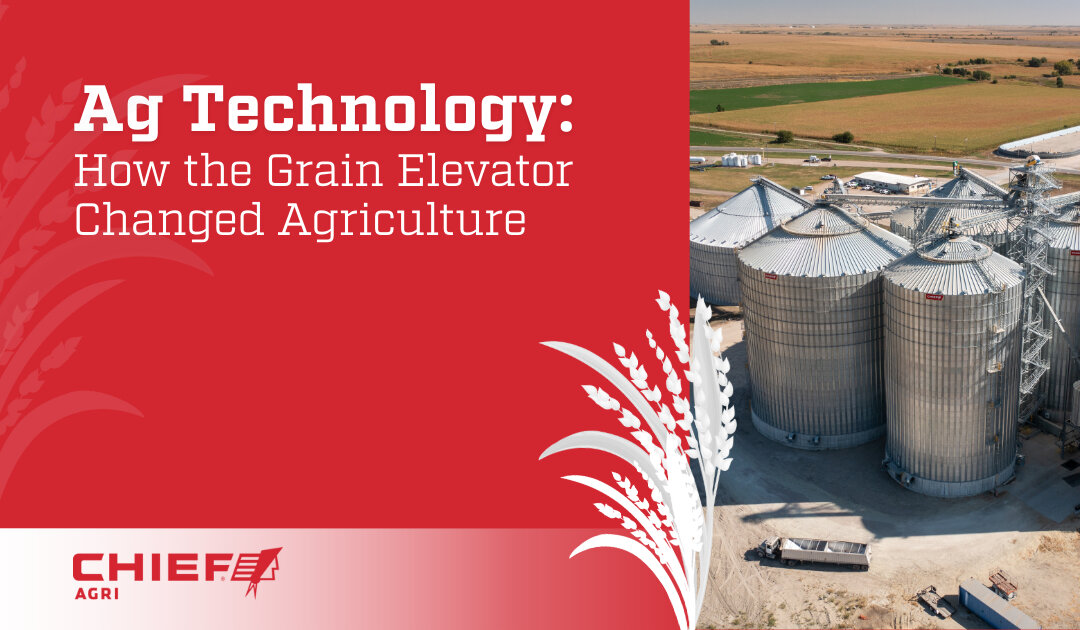How the Invention of the Grain Elevator Revolutionized Agriculture
The invention of the grain elevator sparked a pivotal transformation in the agricultural world, illustrating the impact of technology on agriculture. This farming innovation streamlined handling processes, reduced waste, and ultimately fueled the growth of modern agriculture as we know it.
At Chief Agri, we pride ourselves on being leaders in grain storage solutions, and we know firsthand that efficient grain handling is crucial for the success of farming operations. Our deep understanding of the industry’s history and the transformative power of equipment like the grain elevator allows us to provide cutting-edge solutions for today’s agricultural needs.
We’ll share the history of grain elevators and how they transformed agricultural practices and spurred significant agricultural development. We will examine the grain elevator’s origins, evolution, and the impact it had on everything from storage and transportation to the economics of farming and the global agricultural trade.
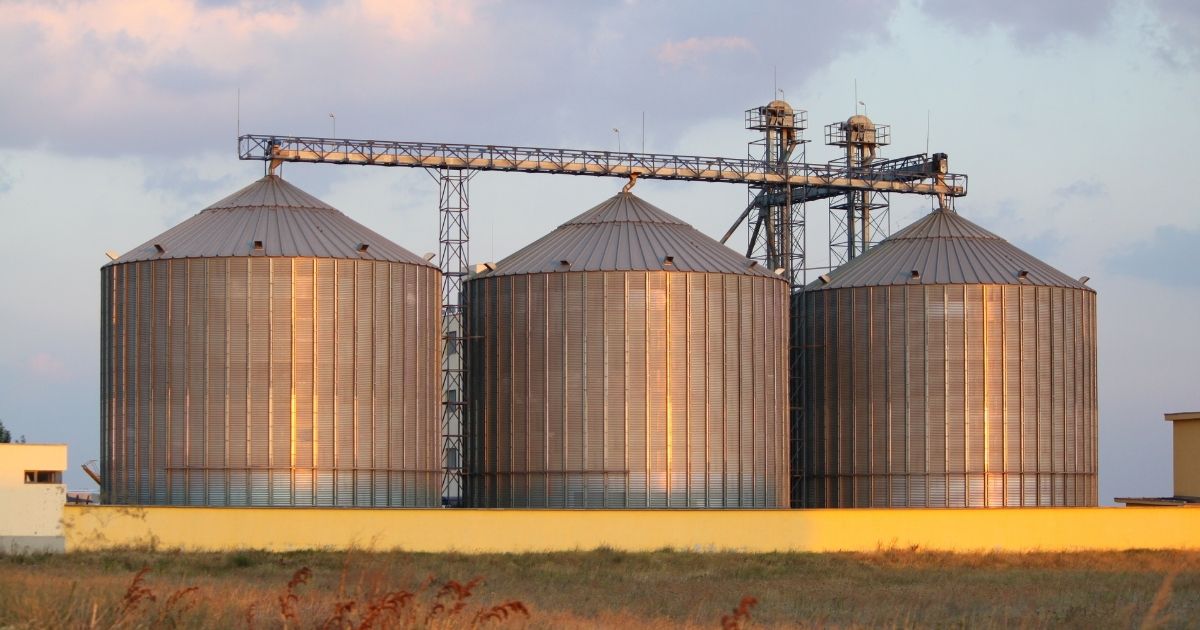
The Early Days of Grain Handling
Before the invention of the grain elevator, handling grain was physically demanding and time-consuming. Farmers relied on manual labor to load grain into sacks or wagons, transport it to storage facilities, and then manually unload it again. Storage options were often rudimentary, ranging from simple bins and sheds to piling grain directly on the ground.
These traditional methods presented numerous challenges and limitations.
- Inefficiency: Manual labor could not keep pace with increasing grain production.
- Spoilage: Inadequate storage conditions led to substantial losses from spoilage.
- Pest infestations: Rodents and insects could easily infest stored grain, diminishing its quantity and quality.
- Operational constraints: The time required for handling and transporting grain constrained the scale and efficiency of farming operations.
Increased agricultural production from new farming techniques and westward expansion in the United States led to larger harvests, creating a demand for better grain handling. The growth of urban centers and global markets further amplified this need for reliable grain transportation. This intersection of increased supply and demand exposed the inefficiencies of traditional methods and the urgency for farming innovations.
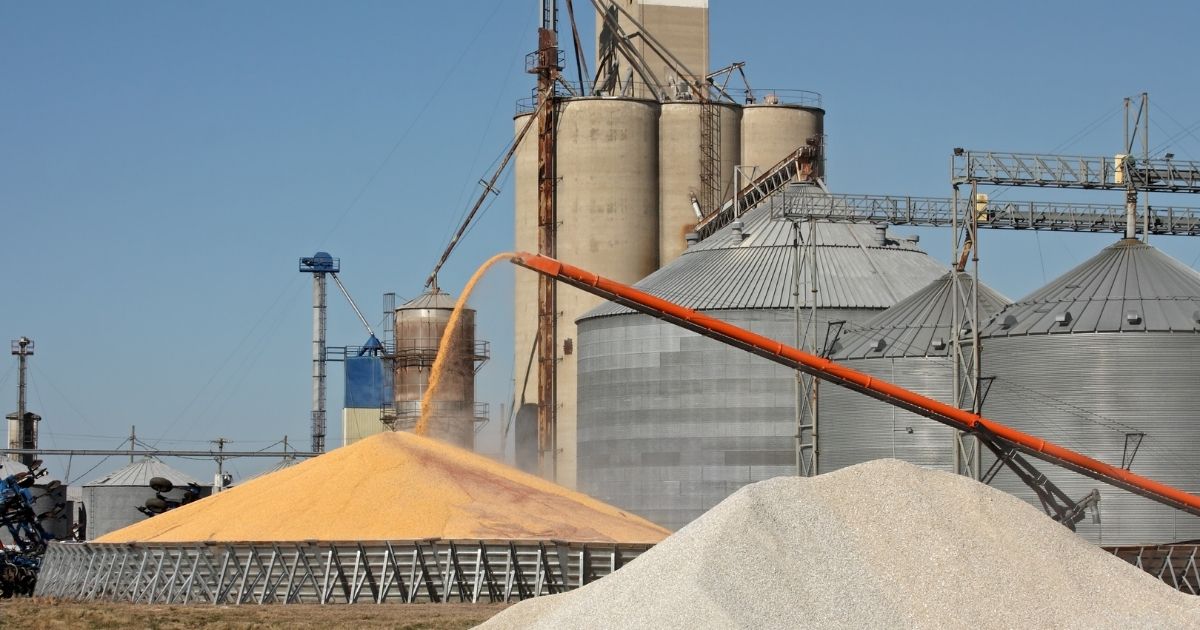
The Invention of the Grain Elevator
The first grain elevator was invented by Joseph Dart and Robert Dunbar in Buffalo, New York, between 1842 and 1843. Situated on the shores of Lake Erie, Buffalo was a burgeoning hub for grain trade, and the need for a more efficient way to transfer grain from ships to storage facilities was acute. Their groundbreaking invention utilized steam power to operate a system of buckets on a continuous belt, known as a marine leg, to lift grain from the holds of ships.
The key features of these early grain elevators represented a paradigm shift in grain handling efficiency.
- Speed: The steam-powered mechanical system could move vast quantities of grain faster and with significantly less manual labor than previous methods.
- Preservation: The elevated storage structures also provided better protection against spoilage and pests compared to ground-level storage.
- Efficiency: The invention of the grain elevator undeniably marked a significant leap in efficiency compared to the backbreaking work of manually handling grain.
The initial adoption of grain elevator technology was rapid, particularly in major grain trading centers like Chicago and Minneapolis. As its benefits became clear, the technology spread inland, transforming grain handling practices across agricultural regions.
The Evolution of the Grain Elevator
Over time, the design and technology of grain elevators underwent significant evolution. Early wooden structures gradually gave way to more durable and fire-resistant materials like steel and concrete. Key advancements in grain elevator technology included improvements in conveying systems, automation, and dust control, further enhancing efficiency and safety.
Different types of elevators emerged to serve various functions within the agricultural supply chain.
- Country elevators: Located in rural areas for collecting grain from local farmers.
- Terminal elevators: Offered larger capacities for storing and transferring grain to ships or railcars in major transportation hubs.
- Processing elevators: Incorporated facilities for cleaning, drying, and milling grain.
Soon, the towering presence of grain elevators in the rural landscape became a symbol of agricultural productivity and prosperity in farming communities.
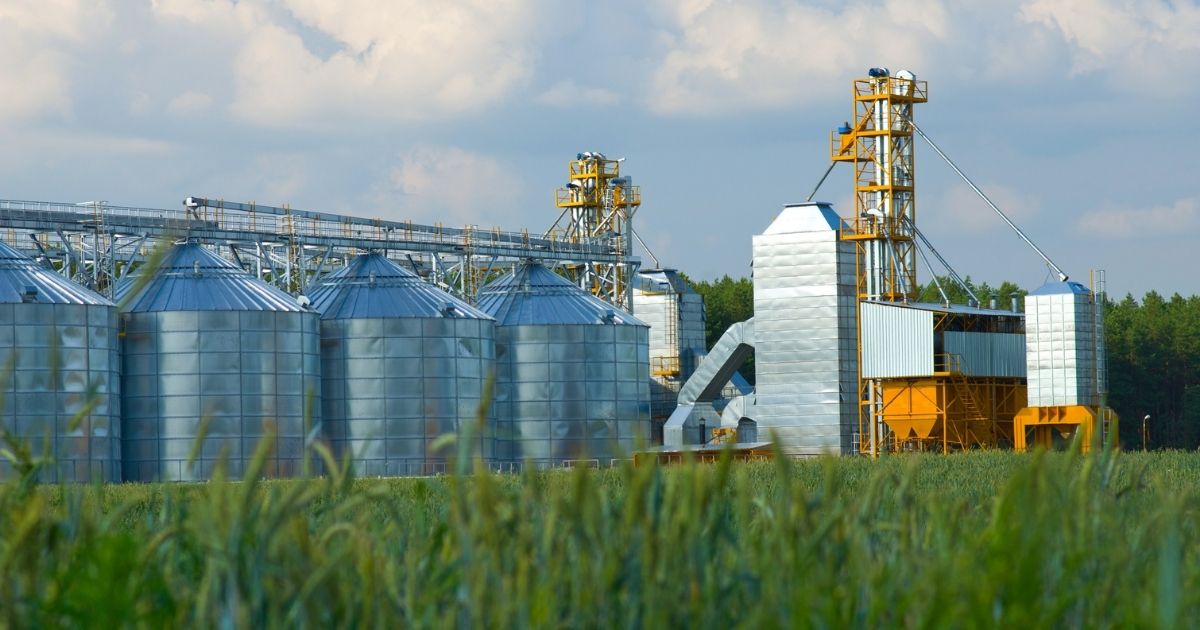
The Impact of Grain Elevators on Agricultural Practices
The grain elevator transformed farming practices, providing grain producers with options that were previously unimaginable. These agricultural changes occurred from the farm level to the grain transportation infrastructure level.
Grain elevators dramatically improved grain storage by providing large, enclosed structures that protected grain from the elements, moisture, and pests. This significantly reduced spoilage and waste, allowing farmers to preserve more of their harvest.
The efficiency introduced by grain elevators played a crucial role in increasing the scale of agricultural development. Grain elevators made it economically feasible for farmers to cultivate larger tracts of land and increase their yields, leading to the large-scale farming we see today.
Grain elevators also facilitated more efficient transportation and distribution of grain. Their strategic location along railroads and waterways allowed for the seamless transfer of grain from farms to buyers. The ability to quickly load grain onto trains and ships revolutionized logistics and connected agricultural regions to national and international markets.
Effects on Agricultural Economics
The invention of the grain elevator transformed the economics of farming and grain markets. Farmers were no longer forced to sell their entire harvest immediately after it was gathered, often when prices were low due to oversupply.
Grain elevators provided the storage capacity to hold grain and sell it at more opportune times, leading to more stable and potentially higher prices. The ability to manage supply and demand contributed to the growth of agricultural trade, both within countries and across borders.
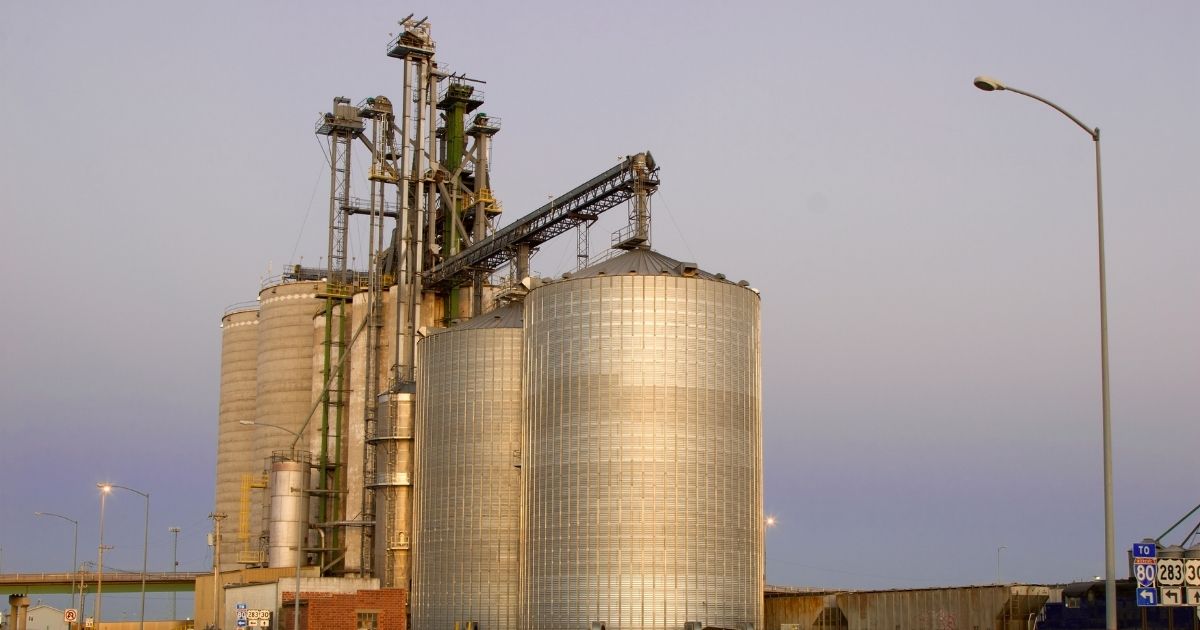
Agricultural Development in Different Regions
The adoption of grain elevators was a significant catalyst for agricultural development in key regions, particularly the Great Plains of North America. The vast expanses of fertile land in this region were capable of producing enormous quantities of grain, but efficient handling and transportation were essential to realize their full potential. Grain elevators became iconic structures dotting the landscape, serving as vital links in the supply chain that connected farmers to markets.
There were regional variations in the design and use of grain elevators based on local needs and conditions. For example, in areas with extensive river systems, elevators were often built with direct access to waterways. The types of grain predominantly grown in a region also influenced the specific features and equipment of the local elevators.
The Grain Elevator in Modern Agriculture
Modern technologies and farming innovations have integrated with and built upon the foundations laid by the grain elevator. Computerized inventory management, automated loading and unloading systems, and advanced sensors for temperature and moisture control are now commonplace in many grain elevators, further enhancing efficiency and safety.
Despite these advancements, there are ongoing challenges and innovations related to grain storage and handling today. These include addressing issues like dust explosions, maintaining grain quality during long-term storage, and optimizing logistics in increasingly complex global supply chains. Research and development continue to focus on creating even more efficient, safe, and sustainable grain handling solutions.
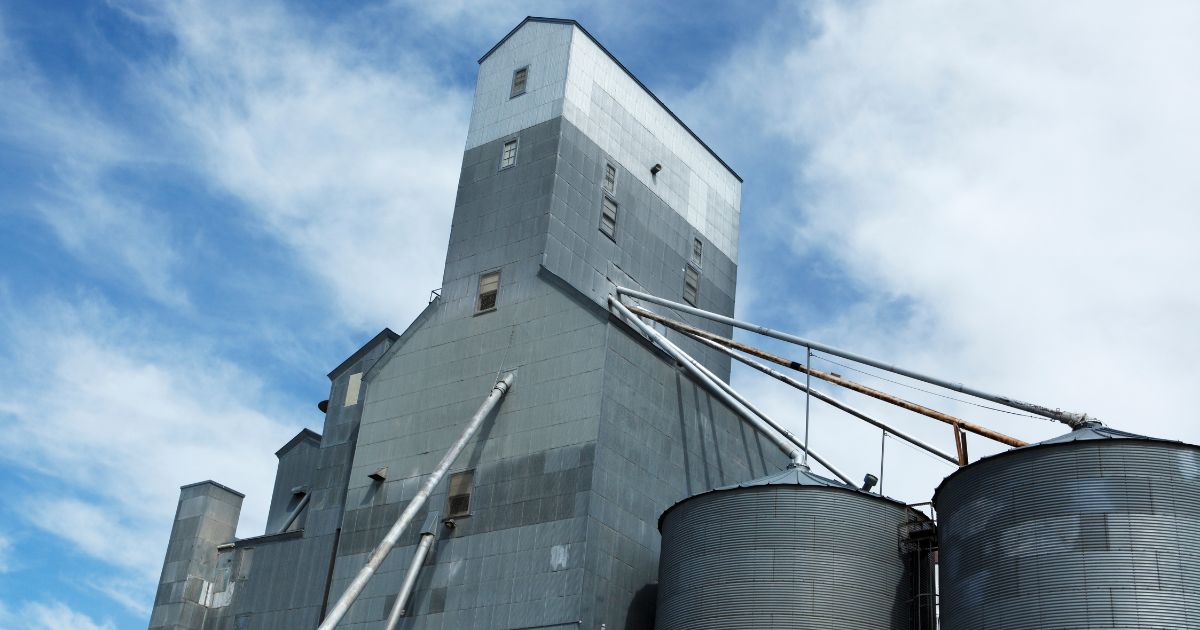
The Legacy of the Grain Elevator
The seemingly simple grain elevator stands as a powerful testament to the transformative impact of technology on agriculture, enabling the efficient storage and distribution of food that sustains populations worldwide. Its invention was a crucial turning point in agricultural history, and continues to play a vital role in contemporary agricultural supply chains.
At Chief Agri, our deep understanding of the agricultural industry’s history and the transformative power of equipment like the grain elevator allows us to provide cutting-edge solutions for today’s farming business needs. Our comprehensive range of products includes state-of-the-art grain elevators and handling systems designed for efficiency and reliability.
Are you looking for customized grain storage solutions for your business? Contact Chief Agri today to learn how our tailored solutions can optimize your operations and contribute to your success.

